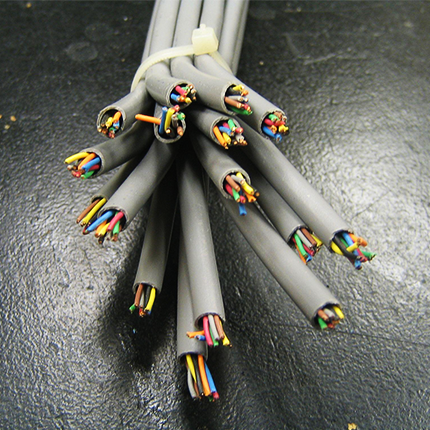What do you have, what do you recommend, and why?
Asking as I’ve got a lot of spare components lying around that I’m planning on turning into a NAS. If it doesn’t work out I’ll buy a pre-built enclosure and reuse the drives.
I think as a turn-key solution, the prebuilt enclosures are fine. I have a two-bay Synology that works well. If you’ve already got components though, DIY is probably going to give you a lot more granular control. I’m planning on building out a home server rack including a TrueNAS VM or something similar.
Understand that this is a rabbit hole where you’ll hear a million opinions. If you’re just starting out, I’d recommend keeping it simple. It’s been a while since I looked at what’s new, but I’d look at truenas scale or unraid first.
I personally use truenas core (based on freebsd) but truenas scale (based on debian) opens up more options like docker that might be useful in the future.
I recommend sticking to hardware you already own until you run into something that you can’t do. Then you’ll have a better idea of what to look for and how everything works.
Thanks, the flexibility and closed source (I assume) of turn key solutions puts me off them. I’ve already got a raspberry pi running a few containers and I work with docker and Linux in my day job so I know a decent amount. The form factor of the turnkey solutions is the big draw for me at the moment to them as I’ve just got a spare ATX mid size tower handy. Would ideally replace with smaller case but then I’d need a smaller motherboard and that’s just raising costs for starting out. Potential upgrade path anyway.
I have a node 304 case with an itx board and I wish I’d have gone with something bigger with more expansion slots. Some sata ports died on me so I installed an hba card to give me more. That means I can’t add a 10g nic or a video card for hardware acceleration or…you get the idea. Ideally spend less money now and experiment, then in the future you’ll hopefully learn what suits your needs.
Adding my 2c - I think it depends on if you want something that just works out of the box, or if you want to tinker and play with a DIY solution. I have a Synology DS220+ that just works, is easy to manage, has loads of apps etc. I also have a Raspberry Pi with Openmediavault installed and 3 SSDs attached which required a bit of setup, is more complex to get things working, also has apps (plugins) but is more of a project.
Syno 920+ for me
Same. Having all their custom software available and just one click away is amazing, and with Docker you can install everything else just like a regular server. It’s the best of both worlds imo.
Depends on how you intend to maintain it. I started out with a Synology NAS. When that started to give out the ghost I built own so that I could have better control over the software and hardware. It’s now a NAS of Theseus - all the parts (even the OS) have been replaced over time, but it’s still the same “unit”.
The hardest part was deciding on a case. I started with a small form factor as a preference. Nowadays I just pick what gives me good airflow and ease in replacing parts.
I replaced an old prebuilt Windows Home Server with a custom built server running unraid about…7 years ago. unraid has been rock solid for me. Great product. Very scalable for the home user.
Highly recommend unraid and it’s well worth the one time license fee.
If you have the knowledge or want to learn about it, and you are willing to deal with these tasks (configuring the system and keep it updated), the DIY approach makes sense.
I was on that situation some months ago, and I didn’t want to spend time in system maintenance, so I bought a NAS device.
I’ve built multiple DIY NAS solutions, from a simple ARM NanoPi M4V2 in a wood enclosure to a high performance systems for small companies with TrueNAS Scale. Frankly I don’t see much reason to go with a pre-build if you’ve the time and skills.
I have the Synology 923+. I went down a research rabbit hole that spanned far too long. First the DIY route, then the prebuilt. Then I dove really deep into the arguments with the 923+ about it having AMD instead of Intel, so it being bad for plex transcoding. All in all, I love it and have been super happy with it. I watch plex off of it just fine, but all of my devices are new. Some of the synology stuff has been a bit wonky with Docker, but otherwise it is working great and I’m very happy with my purchase. I havent needed to upgrade the RAM yet or get a cache drive, but I like that I can do upgrades in the future as I stuff more processes on there, as well as upgrade the drives (currently have 2) as I need more space.
If you have the knowledge or want to learn about it, and you are willing to deal with these tasks (configuring the system and keep it updated), the DIY approach makes sense.
I was on that situation some months ago, and I didn’t want to spend time in system maintenance, so I bought a NAS device.






